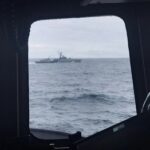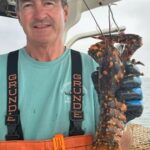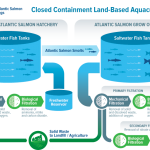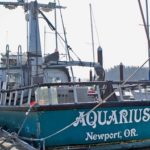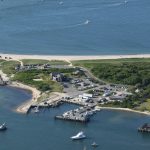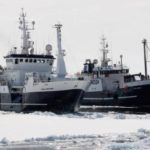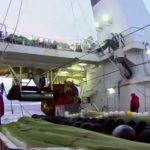Ottawa’s delay of harp seal count unacceptable: FISH-NL

Ottawa’s delay of harp seal count unacceptable: FISH-NL
FOR IMMEDIATE RELEASE Friday, Nov. 30th, 2018
The Federation of Independent Sea Harvesters of Newfoundland and Labrador (FISH-NL) says a delay by Fisheries and Oceans in carrying out a count of the harp seal population is unacceptable.
Further, Ottawa’s failure to adopt an ecosystem approach to fisheries management — which would include the massive impact of harp seals — undermines its commitment to rebuilding East Coast fish stocks.
“The federal government seems to be purposely downplaying the impact of harp seals at the continued peril of Newfoundland and Labrador’s commercial fisheries,” says Ryan Cleary, President of FISH-NL.
A full assessment of harp seals in the Northwest Atlantic — including the latest population estimate — had been slated for this fall, but has been rescheduled for the fall of 2019 when the National Marine Mammal Peer Review Committee is expected to meet.
The last complete assessment of harp seals was carried out in 2012 when the population was estimated at 7.4 million — almost six times what it was in the 1970s. It’s widely believed the harp seal population is higher today.
The impact of harp seals on East Coast fish stocks is enormous. In 2017, the entire NL fishery, inshore and offshore, landed just under 200,000 tonnes of all species — representing 1.6% of the estimated 12.5 million tonnes consumed by 7.4 million harps.
At the same time, seal predation isn’t factored into scientific assessments for stocks such as crab and shrimp. DFO scientists acknowledge that a proposed new management strategy for snow crab — the so-called Precautionary Approach — doesn’t factor in the impact of harp seals or seismic activity related to oil and gas exploration.
What is PRECAUTIONARY PRINCIPLE? What does PRECAUTIONARY PRINCIPLE mean? >click the image<
Harps seals feed on cod, caplin, crab and shrimp, the commercial quotas for which are all down, with Atlantic salmon at an all-time low.
Groups in British Columbia have called for a cull of the estimated 110,000 harbour seals off that province for the impact they’re having on Pacific salmon stocks.
Meantime, while DFO’s website states that harp seals found off eastern Newfoundland and Labrador are not a “significant factor” in the lack of cod recovery to date, the same site states that the estimated 505,000 grey seals in the Gulf of St. Lawrence are a “major factor” limiting cod recovery in the southern Gulf.
Contact: Ryan Cleary 682 4862


































